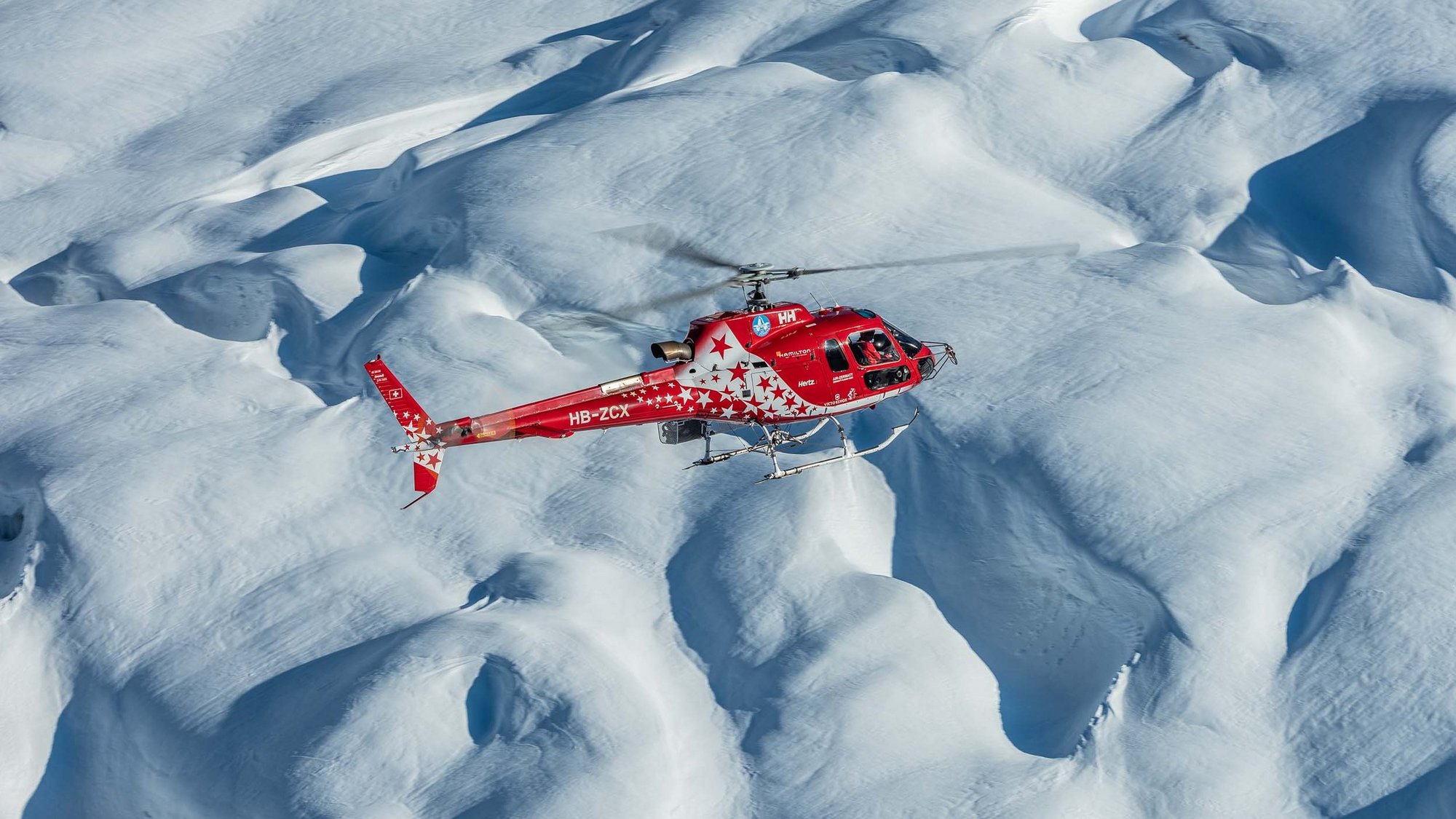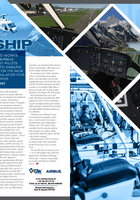A brilliant partnership
In the development phase of the world’s first virtual reality flight simulator training device (FSTD) for the Airbus Helicopters H125, several Airbus test pilots and instructors traveled to the Loft Dynamics facility near Zurich to put this game-changing technology through its paces. The pilots were part of an unprecedented training partnership between Airbus and Loft Dynamics, aimed at ensuring maximum fidelity in an FSTD that could massively disrupt the flight simulator industry and push safety standards to new levels. “Our roots were meant to be together,” said Sabrina Barbera, vice president and head of training at Airbus Helicopters. “The idea is really to take the advantages of the Loft Dynamics technology and pair it with the expertise of Airbus Helicopters to enhance training safety for this aircraft. There are around 4,000 H125s flying around the world today, so we want this device to become a tool not only for recurrent training, but also that it becomes a tool as well for qualification type training.” Loft Dynamics Ltd. launched in 2018 as a small startup made up of engineers and aviation experts who wanted to enable safer, more efficient and environmentally friendly flight training.
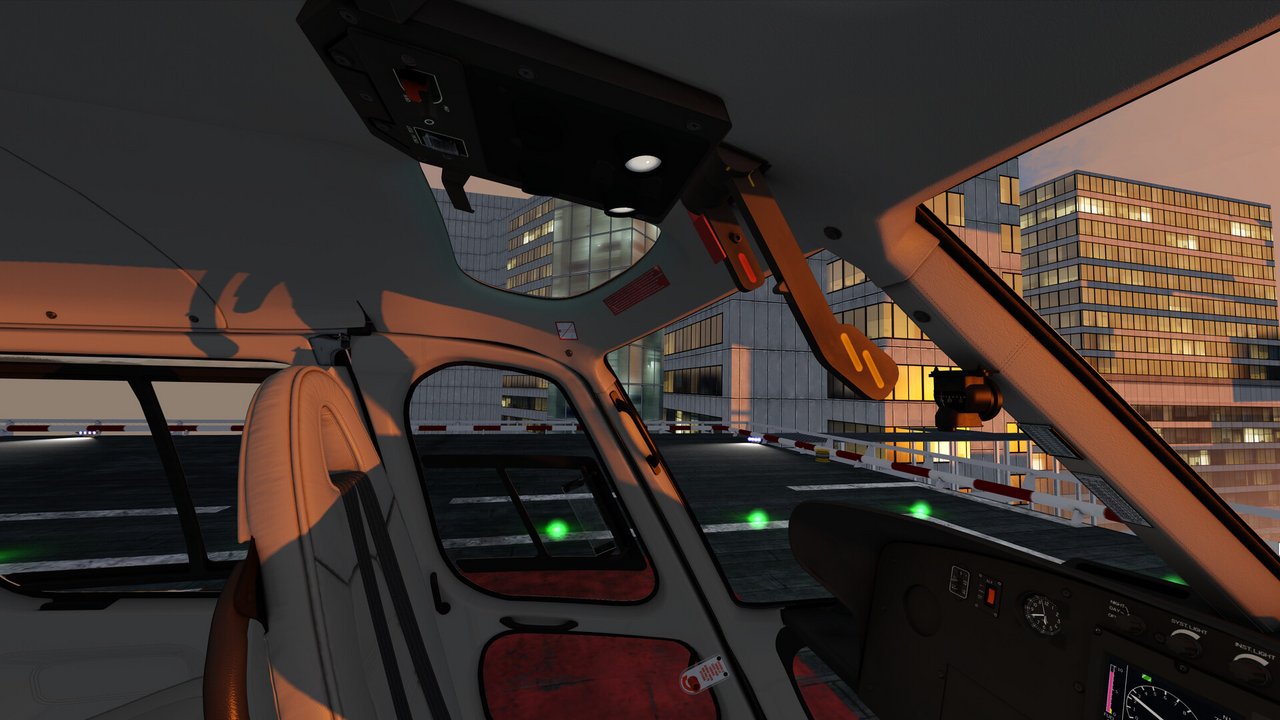
Their first major step in this direction was in fact a giant leap. In 2021, Loft Dynamics introduced an immersive virtual reality (VR) flight training device for the Robinson R22 helicopter, the first VR device ever to be qualified by an aviation authority — in this case, the European Union Aviation Safety Agency (EASA). Immediately after finishing the Robinson R22 device, they began working on a similar platform for the H125, an iconic single-turbine aircraft that represents approximately one-third of the Airbus in-service fleet. Although flight test data ensured baseline fidelity, the team at Loft Dynamics wanted to go beyond objective standards and capture the subjective feedback of pilots who have flown the H125 for hundreds of hours and helped shape its design. “That’s in our DNA,” said Fabi Riesen, founder and CEO of Loft Dynamics. “You can ask every employee — we definitely want to go above that … the goal here is not to get the checkmark from the [aviation] authority. The goal is to get the pilots on board, so it needs to be super-realistic to satisfy the operator’s need in terms of sustainability and affordability.”
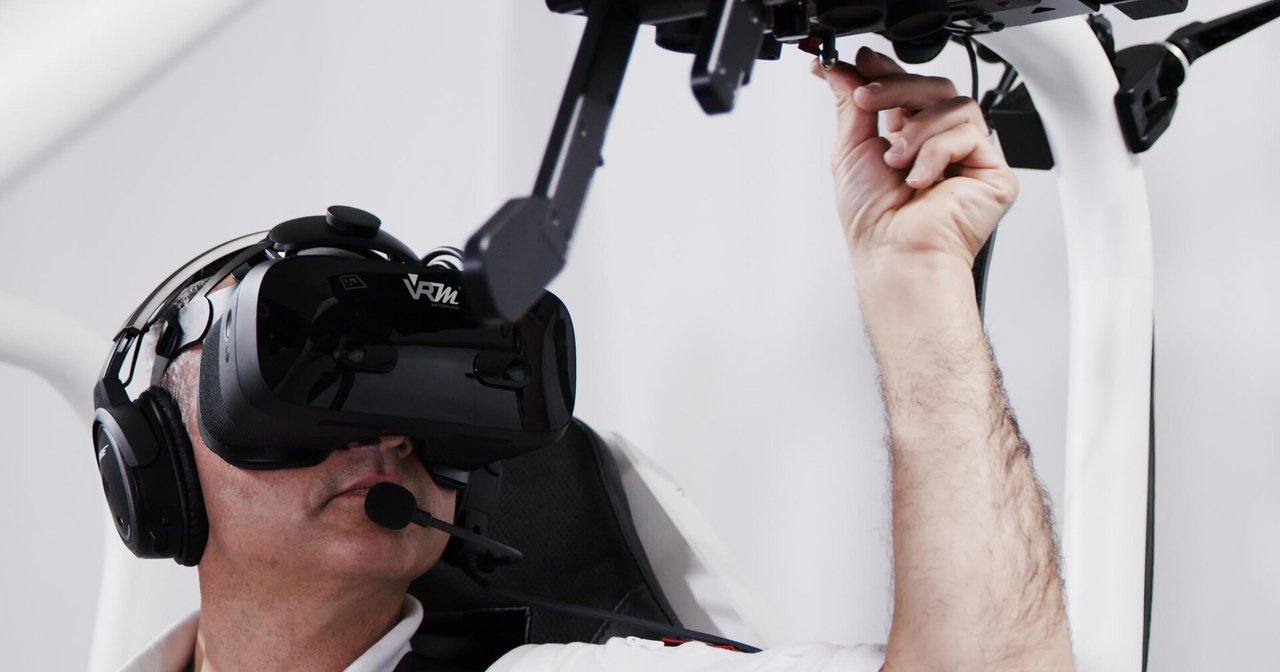
This FSTD for the H125 uses a VR headset to create an immersive 3D environment for pilots, with extraordinary renderings of the cockpit, instruments, and airframe that are true to life. The pilot sits in a small, lightweight cockpit that takes up less than 215 square feet (20 square meters) of floor space and has a total mass of just 1,279 pounds (580 kilograms). It’s small enough to fit in any mid-sized aircraft hangar and can be easily transported to multiple sites. This H125 simulator also has a full-motion platform powered entirely by electricity, with remarkable responsiveness to activity within the simulation. In comparison to traditional simulator domes, which rely on screens to replicate terrain, VR goggles produce an unrestricted immersive 3D environment that responds to the pilot’s head movements in real time.
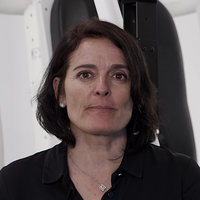
Sabrina Barbera
Vice president and head of training at Airbus Helicopters
The result is a more precise replication of real-world conditions. Airbus pilots worked with the engineers at Loft Dynamics to ensure the simulated environment goes beyond technical accuracy and has the precise look and feel of physical flight in the H125. “It is much more powerful to have this validated by those [pilots],” Riesen said. “Here we have much more consistency in the way these aspects get validated, and the next step is to have a huge harmonization in the way we are going to train people. Having a coordinated training brings us to much more safety because everyone is going to take the same approach.” “We are complementing Loft Dynamics and performing the subjective tests that only the pilots and flight test pilots who designed the device can do. It’s very important for us to take their comments into account,” Barbera said. Improved safety is the most important goal of any training device, but the Loft Dynamics H125 FSTD is a potential game-changer because of its realism, size, and affordability. Operators can easily keep these devices at their own facilities, rather than sending pilots to flight simulator domes. VR simulators also sell for a fraction of the cost of traditional simulator domes, and operating costs are also significantly lower. Add to this the clear benefits of tackling dangerous training scenarios in a simulator rather than a physical aircraft, and it’s likely smaller operators will embrace the technology. Loft Dynamics has said it will work with Airbus and potentially other partners on more FSTDs in the future, as part of a larger training and aviation safety strategy to improve the proximity and affordability of training options to its customers.
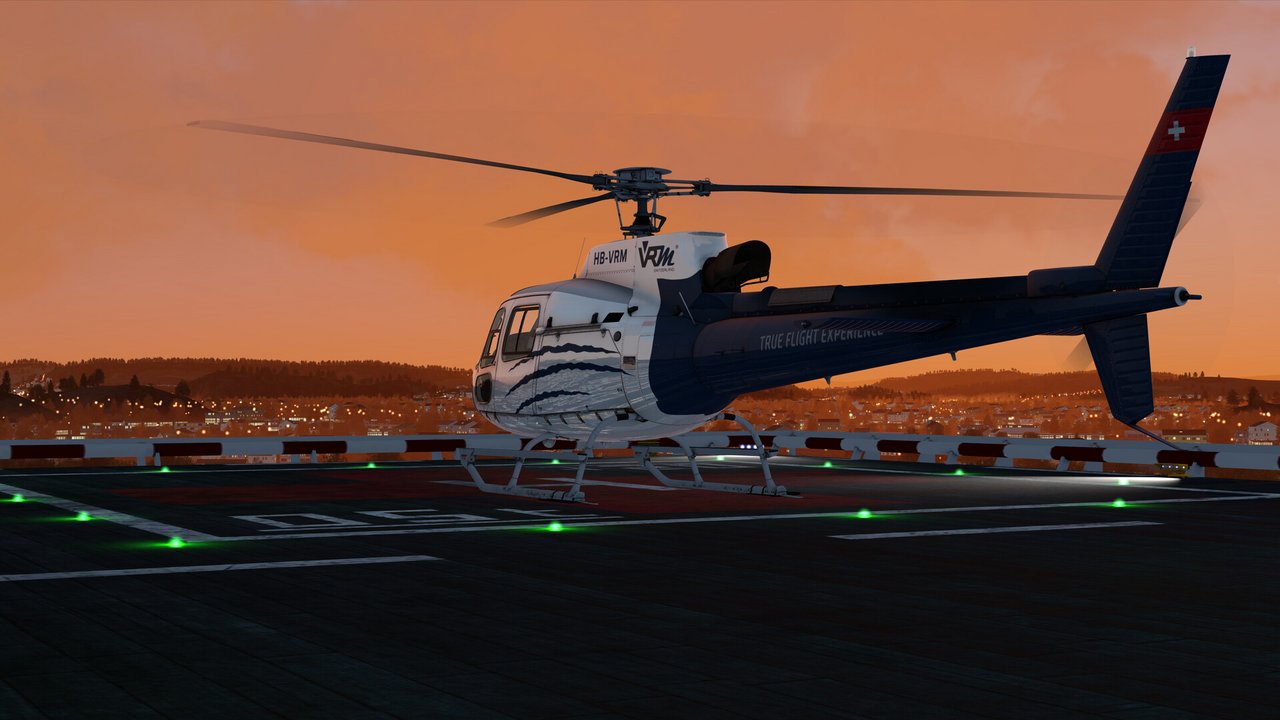
“We have been looking for ways to be much more disruptive in this area, so we’re open to new types of partnerships and collaboration,” Barbera said. “We want to bring strengths from the outside world to make progress on aviation safety, especially for light helicopters, and this is the perfect example.” A fully functional H125 FSTD will be on display at the Loft Dynamics booth at Heli-Expo 2022 in Dallas, Texas. “It’s now the time to really try it out — to see the gigantic leap which has happened in simulator technology,” Riesen said. “I hope as many people as possible get hands-on with this device.”
Download
A brilliant partnership6 MB
Loft Dynamics works closely with AIRBUS HELICOPTERS test pilots and instructors to ensure maximum fidelity for its new virtual reality simulator for the Airbus H125.


